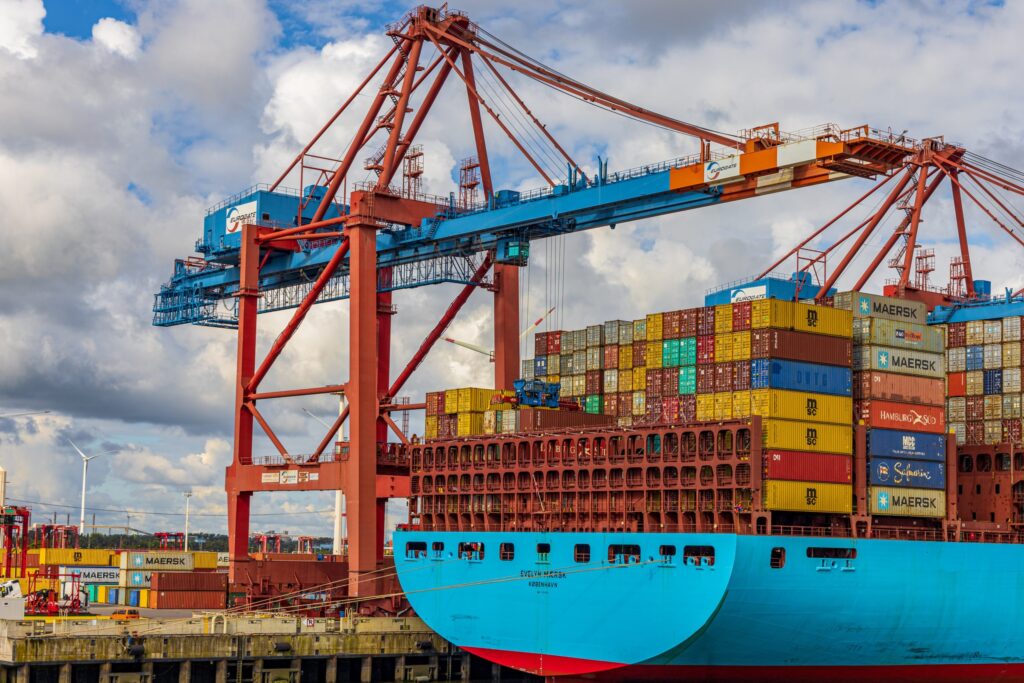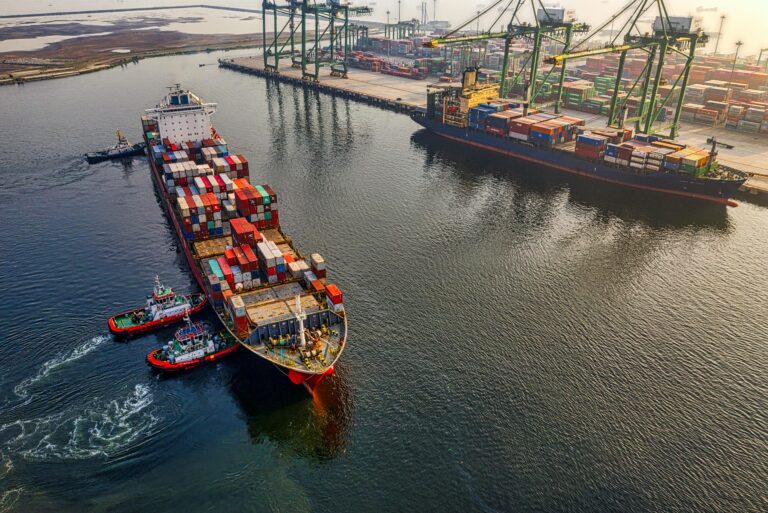Rising costs and global supply chain vulnerabilities are forcing brands and retailers to consider alternative distribution methods. Traditional distribution methods of storing products in centralised warehouses and trucking them to far-flung consumer outlets are slowly changing. Rising customer demands for immediate service are also bringing about a sea change in how companies fulfil orders.
To better respond to these demands, brands with DTC channels are finding new ways to manage product distribution.
Consumers Want Fast Deliveries
Consumer delivery expectations are partly responsible for the shift in how ecommerce brands distribute their products. Today’s demanding consumers have come to expect same-day delivery, and brands need to deliver by streamlining how they distribute products. How soon do consumers want their deliveries?
96% of today’s customers interpret “fast delivery” as same-day delivery. According to Statista, 80% of global consumers want same-day delivery. In fact, 61% want packages delivered within 1-3 hours of placing an order. Brands that cannot provide same-day service pay the price. Customers will gladly abandon a brand that does not offer same-day deliveries in favour of brands that will. Reports show 56% of abandoned carts are due to concerns related to shipping.
Customers Want Free Shipping, Too
Customers not only want their deliveries to be fast, they want them to be free as well. 66% of consumers expect free shipping on every online purchase. 80% expect free shipping when ordering a certain dollar amount of online products. Like same-day service, consumers are not likely to shop with a brand that does not offer free shipping.
Customers Also Want Sustainable Shipping and Deliveries
Adding to brands’ distribution pressures are customer concerns about how shipping impacts the carbon footprint. Shipping products great distances uses a considerable amount of fuel and other resources that can harm the environment. 91% of ecommerce consumers want eco-friendly shipping options, so brands need to find distribution methods that are fast, cost-efficient and sustainable.
Brands Are Worried
As a result of these high consumer expectations, brands are feeling pressure. 38% of online retailers are worried about meeting consumers’ fast delivery expectations. Another 36% of brands with ecommerce channels worry about the low shipping costs customers expect. And all brands are concerned about fulfilling increasing consumer demands for free shipping.
So what are brands doing to fulfil consumer demands for fast and more eco-responsible distribution methods?
Embracing Alternative Distribution Methods
Brands selling DTC are meeting expectations by engaging in smarter logistics solutions and pivoting to alternative distribution strategies. These include setting up regional distribution centres that are closer to customers. Brands are also relying on fast and convenient shopping methods that became the norm during the pandemic. These include Buy Online, Pick-Up In Store (BOPIS), Ship From Store (SFS) and Buy Online, Ship to Store (BOSS).
Here’s a look at each of these solutions and how they benefit brands and their customers.
Regional Distribution Centers
More businesses are adopting a distributed warehousing model to satisfy customers’ expectations for same-day delivery. Distributed warehousing is when a business fulfils and distributes goods from multiple smaller, strategically-placed regional warehouses rather than one or two larger warehouses. The goal of distributed warehousing is to store inventory and fulfil orders closer to end customers.
Companies are getting inventive in how and where they set up regional distribution centres. They are transforming empty mall spaces into distribution warehouses. Many companies are foregoing warehouses altogether by repurposing excess store space into fulfilment centres. This strategy allows retailers to ship from locations closer to customers, improving delivery times and driving down costs.
From a green perspective, regional distribution centres typically use a fleet of nimble vans rather than massive trucks to ship products shorter distances. (Think of the now ubiquitous Amazon vans that are seemingly everywhere these days.) This achieves the twin goals of making deliveries more immediate and cutting back on fuel and wasteful transportation resources.
Buy Online, Pick-Up In Store (BOPIS)

Photo by Korie Cull on Unsplash
Retailers today are also adopting the Buy Online, Pick-up In Store (BOPIS) omnichannel fulfilment method to meet customer expectations. BOPIS is when consumers place an order from an ecommerce website for pick up at a local store location.
BOPIS allows retailers to merge online and in-store shopping experiences to better engage customers while offering more convenience. BOPIS is also attractive to shoppers looking to avoid shipping fees. Other consumer benefits of BOPIS include:
- Faster order fulfilment
- Ensures stock is available
- More convenient returns
- Secure order pick-up
BOPIS has substantial benefits for retailers as well:
- Lower shipping costs
- Increased retail store traffic
- More effective inventory management
- Flexible order fulfilment
Research by Statista shows that BOPIS is more than a consumer trend. Future forecasts indicate that BOPIS retail sales will continue to experience steady annual growth. 60% of consumers plan on using BOPIS either in the same amount or more in the next year.
Buy Online, Ship to Store (BOSS)
BOSS is a delivery method that starts with a customer placing an order from an online store. Typically, that purchase would be shipped right to their home. However, with BOSS, customers get products shipped directly to a brick-and-mortar store, usually for free. The customer then picks up the product at their nearest store location.
BOSS is often confused with BOPIS, and while similar, they have one big difference. BOPIS refers to purchases people pick up at a store on the same day they order. With BOPIS, the item is already in stock at the brick-and-mortar store and ready for immediate pickup.
With BOSS, the item is not at the store, and getting it there may take a few days. This makes BOSS ideal for customers wanting to buy hard-to-get or out-of-stock items and are willing to wait for them. Both options reduce a brand’s carbon footprint, as they use fewer shipping resources to fulfil orders.
Ship From Store (SFS)
Another similar delivery method is ship from store (SFS). SFS is a fulfilment strategy where brands fill and ship orders from a store instead of a warehouse. In a nutshell, SFS turns brick-and-mortar stores into agile fulfilment centres. Shipments are made closer to the customer, so there is less lead time and potentially fewer transportation costs when filling orders. SFS boosts customer satisfaction by fulfilling orders quickly.
Five advantages of a ship-from-store strategy are:
- Enables on-demand deliveries
- Reduces shipping costs
- Moves inventory quickly
- Supports omnichannel fulfilment
Buy Online, Return In-Store (BORIS)
Alternative distribution methods also need to cover the returns process, and here’s where BORIS comes into play. This method allows customers to visit an ecommerce website, purchase the item they want, and have it delivered to their home. If unsatisfied, they can return that online item to a physical store. This return could even happen at a location the customer has never visited. Giving customers this level of convenience greatly streamlines the returns process and produces greater customer satisfaction and loyalty.
The Bottom Line
Merchants are already responding to distribution and shipping challenges. More than half (51%) of retailers now offer same-day delivery, and 65% plan to offer it within two years. 43% are changing their distribution methods to improve shipping efficiency.
Improving distribution methods can greatly benefit online brands and increase their competitive edge by more than 85%. Additionally, companies that offer same-day delivery can double their conversion rates and see significant increases in year-over-year sales. Given these statistics, alternative distribution methods are sure to grow in use and popularity.
ESW helps the world’s best-loved brands solve for all the challenges that come with cross-border ecommerce. Contact us today to learn more about how we can help you streamline your global and local distribution.





